Tag: mountain biking fun
-
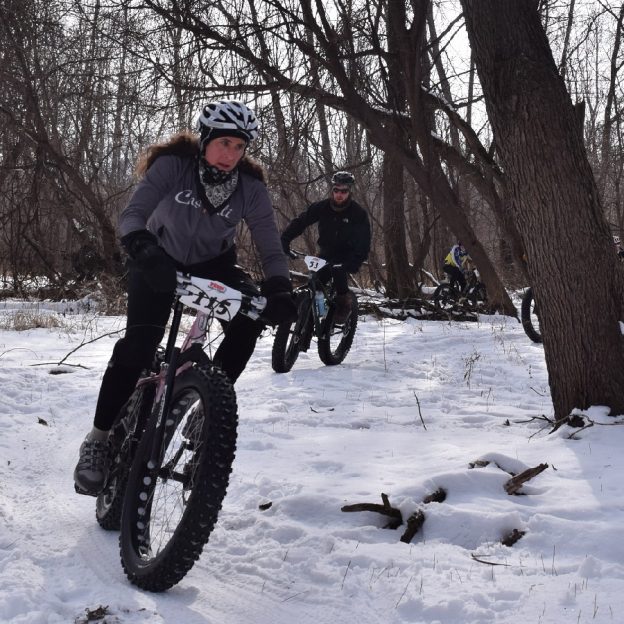
Bike Pic Nov 7, its fat bike fun in the upper half of Minnesota
With below normal temps snow is sticking throughout the upper half of Minnesota making it perfect for some fat biking fun as this biker chick demonstrates.
-
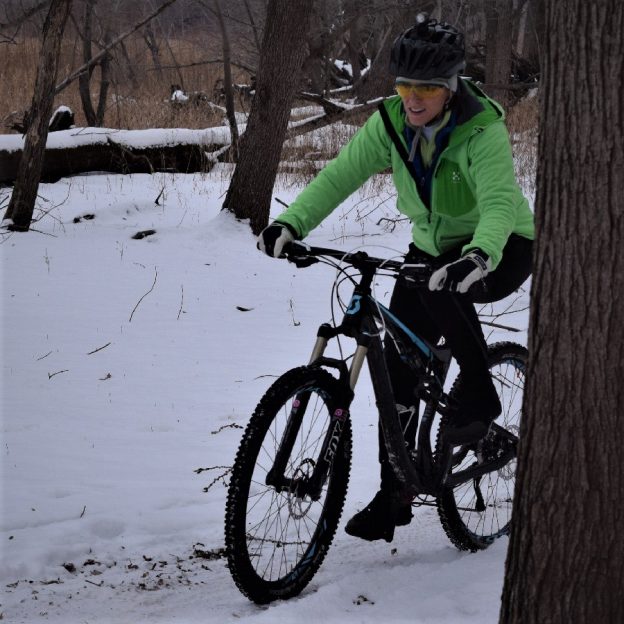
Bike Pic Oct 28, mountain biking fun in the snow is here again!
Is mountain biking in the snow season really here to stay in the upper Midwest? With temps hovering in the low 30’s, including rain and snow over the next several day it maybe time to get the fatty out and prepare for some winter riding fun.
-
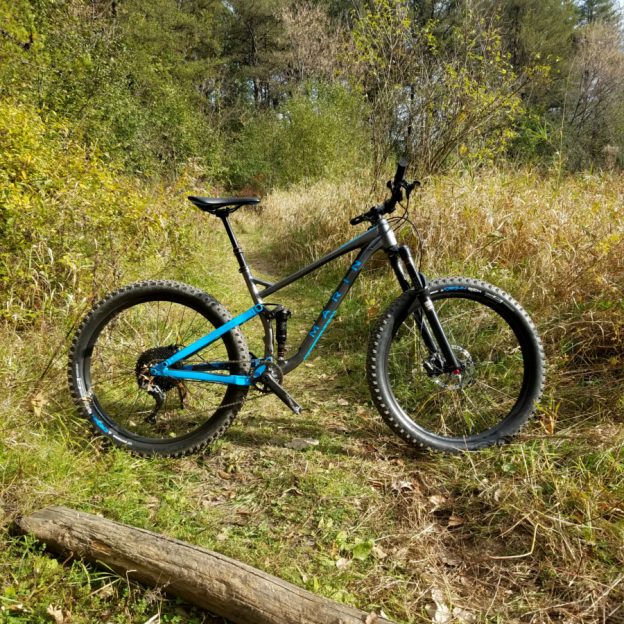
The Marin B-17 MTB review – out of the box and ready for the trail
Based on our quick MTB review at Interbike’s Dirt Demo, we have been extended a Marin mountain bike demo for a long term review. However, before I ride it and give you a full mountain bike review let me share what is actually coming out of that box.
-

Riding through the fall, a great way to spend time with your kids
For many, the beginning of the winter signals the end of bike riding, especially kids. But why should the fun stop just because the mercury drops? Instead of ending the rides, get your kids excited to ride through the fall foliage. Here are some tips for encouraging kids to keep the fun rolling.
-
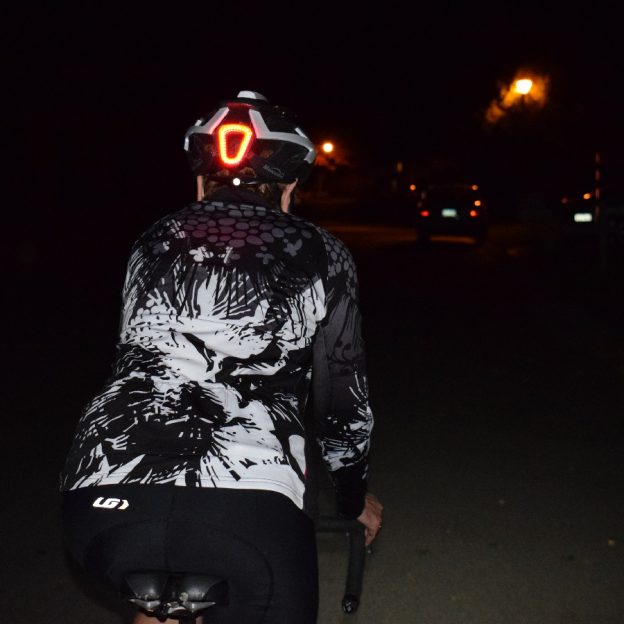
A first look at the revolutionary MagicShine Genie Helmet
Recently we reviewed a light from the wizards over at MagicShine, The MJ-900B. With that are package, they also included an amazing helmet, the Genie. The Genie is a revolutionary helmet that boasts a headlight and tail light as well as remote activated turn signals. Read on to see some more detail.
-
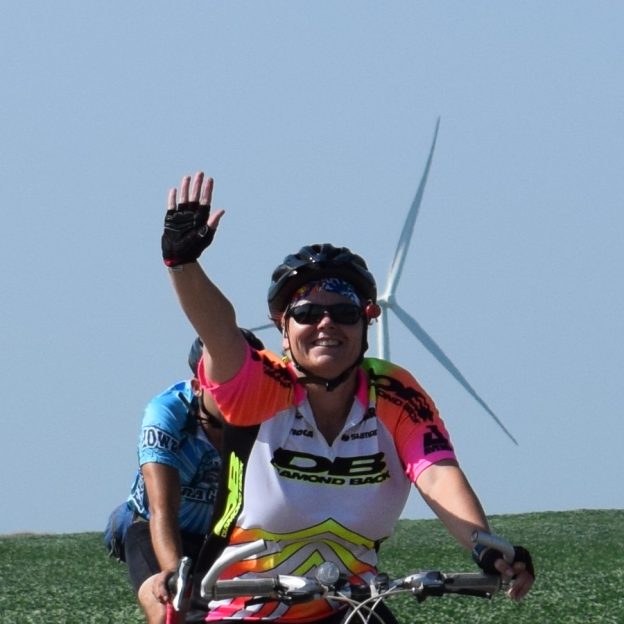
Headsweats is helping protect National Parks through custom caps
While strolling the isles of Interbike, there were many brands offering headwear to keep you comfortable, but none as interesting as Headsweats. Beyond the great construction and performance, there are also conservational reasons to choose Headsweats.
-
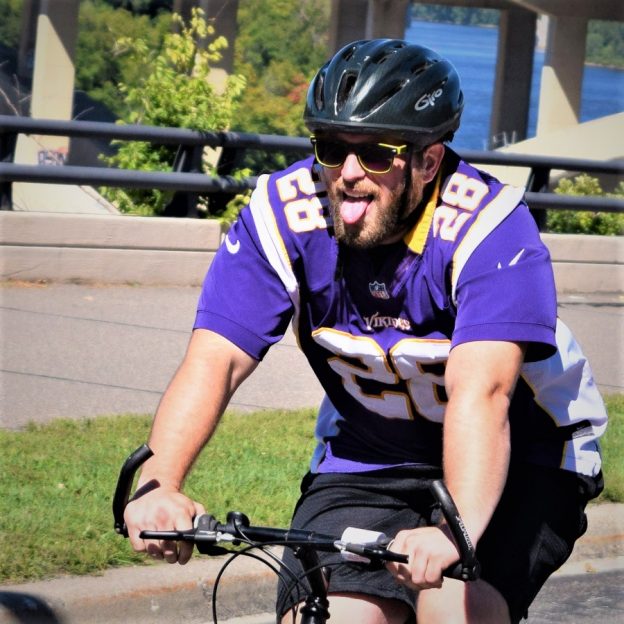
Cycling Nutrition Review: a clean, smooth approach to sports drinks
As you begin doing longer rides like the MS150, Minnesota Ironman, or any other charity ride, cycling nutrition becomes really important. The basic rule is to replace electrolytes and calories after riding for an hour. Considering most of our rides are longer than one hour, there are many nutritional products designed help. Read on to…
-

Dirt Demo Reviews: Thoughts and Feelings on the Marin B17
I was amazed how well the Marin B17 bike handled! To start, it had a near telepathic handling character. Simply I would think about changing direction and the bike did it. Following that, I was amazed at how well its suspension operated. Even when thrown down rocky chutes or off camber, jagged turns, the B17’s…
-
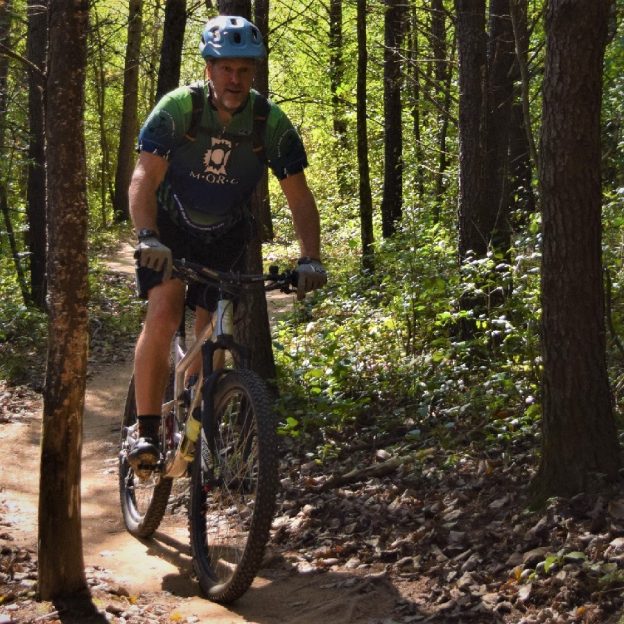
Tubeless tires on bicycles: The basics of this exciting new technology
Tubeless Tires have evolved to be lighter, more serviceable,and lighter. Read on about the advantages and how the current family of tubeless systems can benefit you.
-

Bike Pic Sept 5, having fun post holiday with another adventure
Back in the mountain bike saddle after a long holiday weekend, excited for the next challenge, here is our bike pic to start your week.
